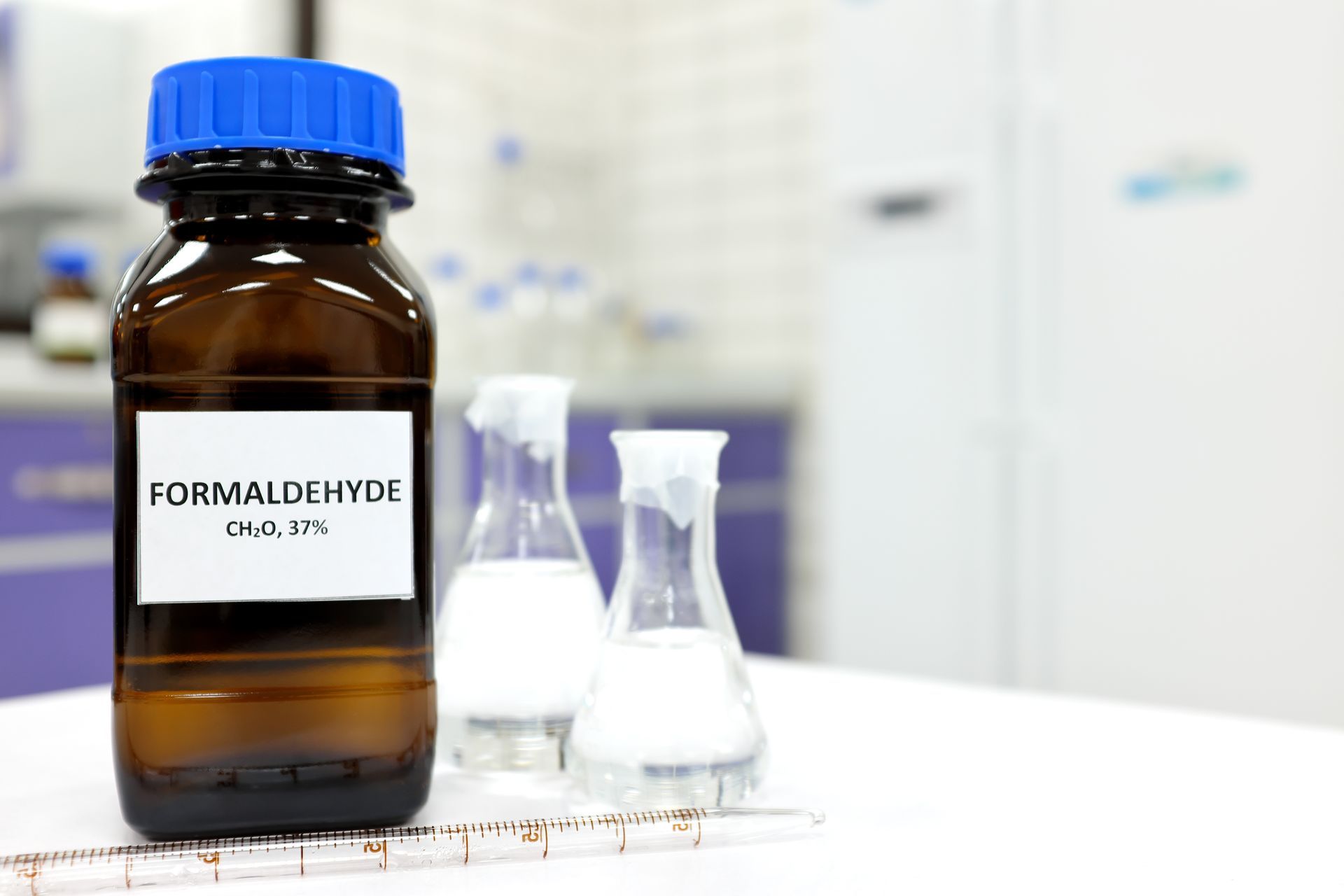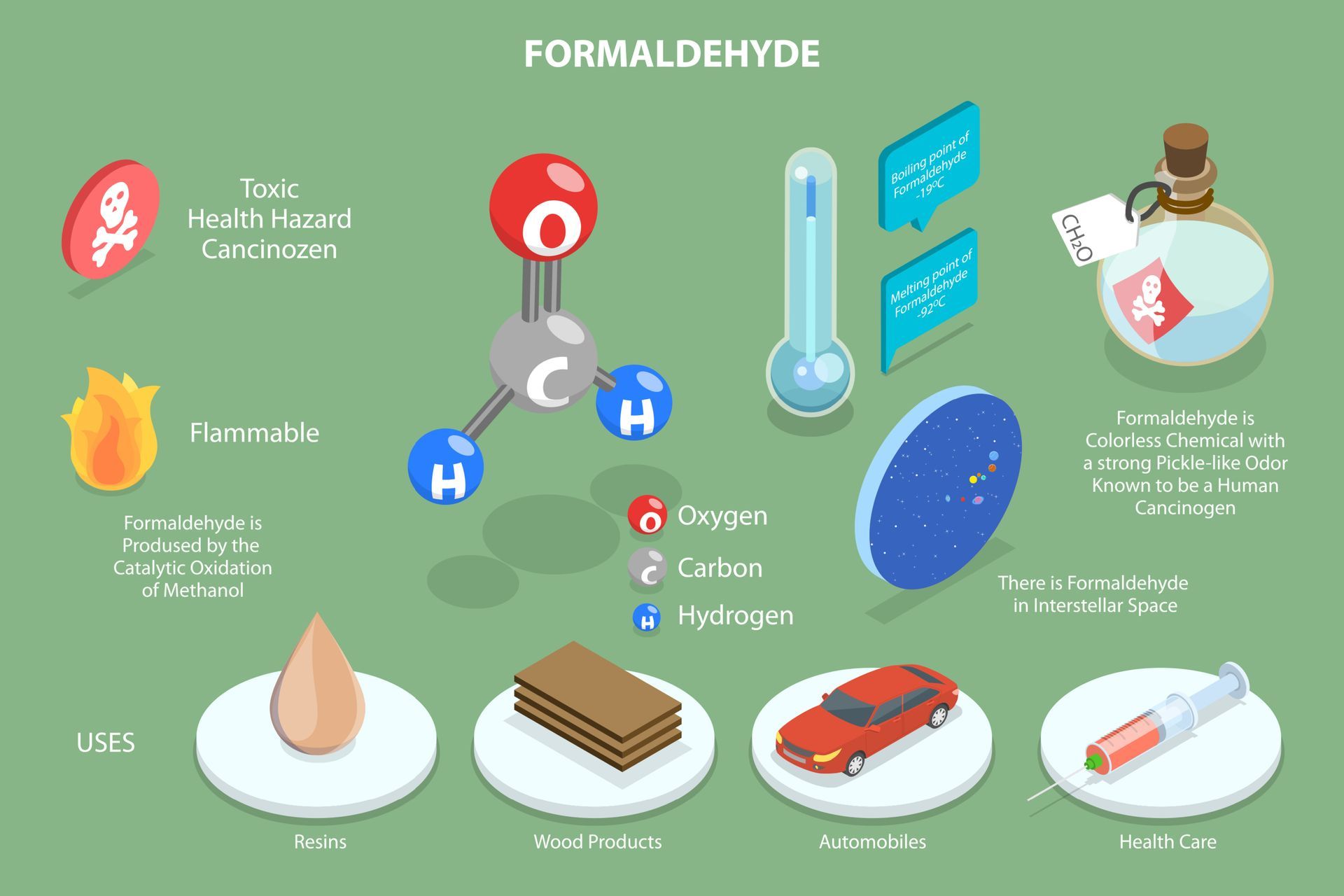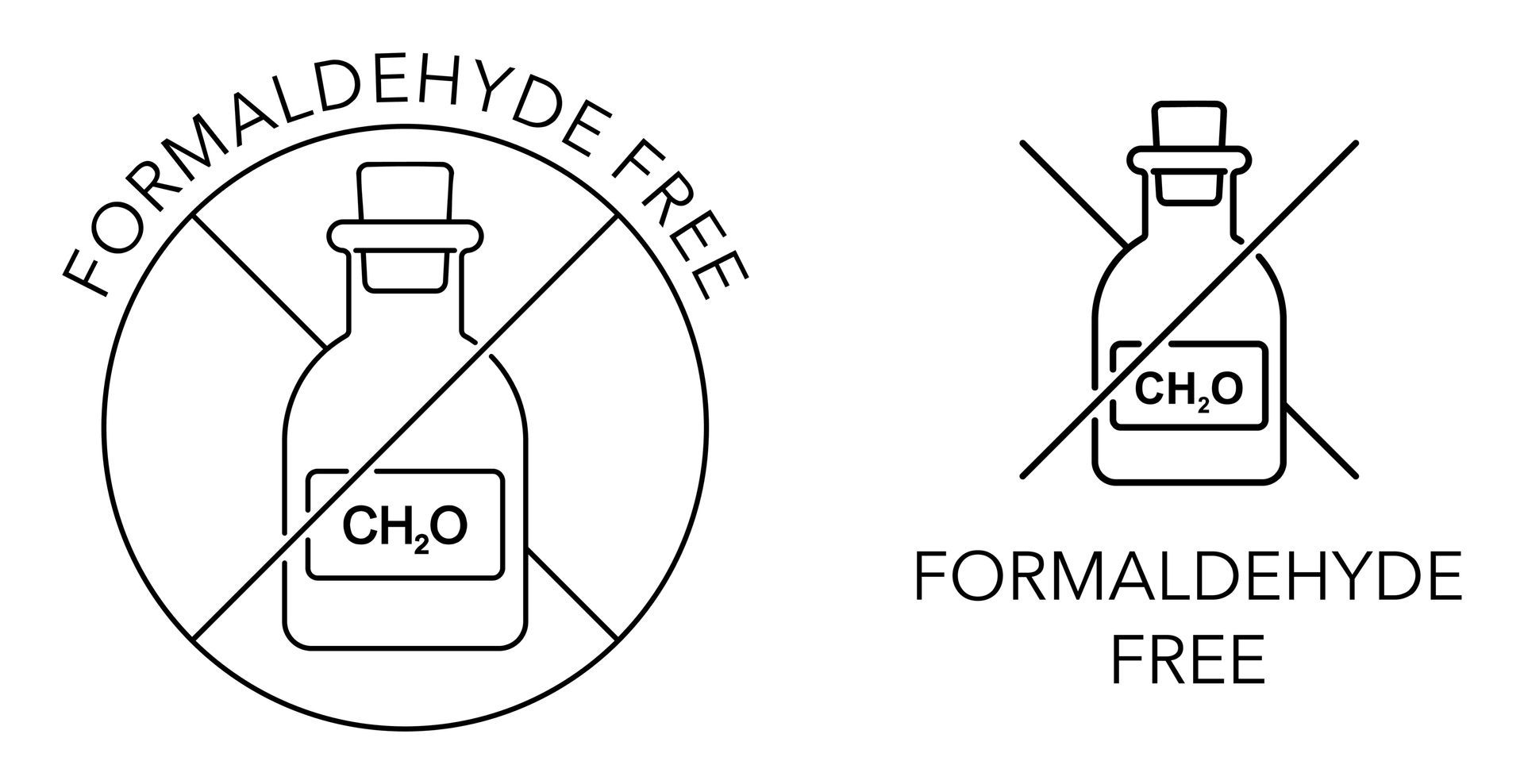Is Your Shampoo Hiding a Carcinogen?
What New Research Reveals
A peer-reviewed paper in Environmental Science & Technology Letters followed 64 Black and Latina women in Los Angeles for one week. Researchers catalogued every soap, lotion, shampoo, hair straightener and makeup item the women used — more than 1,100 products in total. Over 53 % contained formaldehyde or formaldehyde-releasing preservatives (FRPs) such as DMDM hydantoin and quaternium-15. Skincare products clocked in at 47 %, while hair-care items hit 58 %

“We shouldn’t have to be chemists to figure out what will make us sick.” — Janette Robinson Flint, study co-author

Why formaldehyde matters
- Formaldehyde is a known human carcinogen per the International Agency for Research on Cancer and the American Cancer Society American Cancer Society.
- It has been banned from EU cosmetics since 2009, yet remains legal in U.S. personal-care products NPR.
- Chronic, low-dose exposure is linked to nasopharyngeal cancers, leukemia, skin irritation and respiratory issues.
Products most likely to contain FRPs
The study flagged shampoos, conditioners, lotions, body washes, chemical straighteners and eyelash glue as top offenders

Disproportionate impact on women of color
Beauty norms that favor Eurocentric hair textures push many Black women toward chemical straighteners — products with some of the highest formaldehyde loads. Researchers argue this is one more way systemic racism shows up on the ingredient label.

The U.S. regulatory gap
The FDA does not currently ban formaldehyde in cosmetics. A few states, including California and Maryland, have enacted partial restrictions, but national policy lags behind the EU and Canada NPR. Industry self-regulation relies on voluntary reporting, leaving consumers to decode labels themselves.
How to decode labels (the “alias” list)
If you spot any of these on the ingredient panel, the product likely releases formaldehyde over time:
- DMDM Hydantoin
- Imidazolidinyl Urea
- Diazolidinyl Urea
- Quaternium-15
- Bronopol (2-bromo-2-nitropropane-1,3-diol)
- Sodium Hydroxymethylglycinate
Tip: Ingredients are listed by concentration. The farther down the list, the lower the amount — but cumulative exposure across multiple products still adds up.

| Need | Ellebrow-Approved Alternative |
|---|---|
| Gentle face & brow cleanser (first 7 days post-PMU) |
pH-balanced micellar gel — full brow after-care routine |
| Daily body lotion | Fragrance-free shea-butter blend, preserved with potassium sorbate |
| Scalp-soothing shampoo | Mineral-rich clay wash (no sulfates or FRPs) |
| UV protection | Essential Sunscreen Guide |
| Long-wear brow sealer | Let It Block™ legacy SPF tips |
Bring your products, get peace of mind
Book any appointment and bring two products you use daily. We’ll scan the ingredient panels and suggest safer swaps on the spot. Because beautiful brows shouldn’t come at the cost of your health.
FAQ (quick answers)
Is formaldehyde always listed by name?
No. Most companies list preservative aliases like DMDM Hydantoin or Quaternium-15. That’s why we provide a printable alias sheet in studio.
Are salon keratin treatments still risky?
Yes. Many express smoothing or keratin services use formaldehyde gas released during heat application. Ask your stylist for a certified FRP-free formula.
Does formaldehyde affect healed microblading or nano brows pigment?
Indirectly, yes. Chronic skin irritation and dryness can cause faster pigment fading. Switching to FRP-free cleansers helps maintain color vibrancy.
Compliance & trust
This guide is informational only and not medical advice. Formaldehyde is classified as carcinogenic to humans by IARC and the American Cancer Society American Cancer Society. Data and quotes are sourced from NPR’s coverage of the Los Angeles study NPR and the study authors via Silent Spring Institute silentspring.org.

